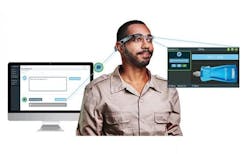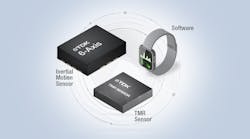Smart Picking Gains Voice Messaging
The Picavi Cockpit is an intelligence solution within the Picavi ecosystem that takes Assisted Reality supported picking to its full potential. Although the solution features Mobile Device Management (MDM), it is much more than a pure administration and visualization tool.
Thanks to the Smart-Data function Analytics optimization potentials can be uncovered and so process performance on the shop floor can be improved.
The MDM in the Picavi Cockpit ensures the functionality of the smart glasses with minimal effort. One-Scan-Setup makes it easy to add new smart glasses to your fleet. The MDM also enables wireless updates. Updates can be installed Over-the-Air using the new software. Picavi has also integrated the Screen Cast function, which is suitable for training new employees. The real-time display of the glasses can be projected onto a monitor in no time at all.
Sensors on the pick-by-vision data glasses collect process parameters that can be evaluated in real-time using the Picavi Cockpit. This makes it possible to define customer-specific KPIs such as picks per hour, picks per location or an ABC analysis and monitor them in dashboards.
The Picavi smart glasses have a remote support function that uses push notifications to allow important messages to be shared between workers and the control room during operations in both visual and audio form. The remote support function enables contactless, bidirectional, and individual communication in the warehouse.
This feature allows staff in the control room to communicate directly with individual workers or a team of workers, regardless of their current location in the warehouse. This makes it possible to share important messages during operations without drops in productivity.
Picavi has precisely adapted the user interface to the needs of warehouse employees. The system features two methods of communication, together with two priority levels. As well as sending text messages, the microphone in the smart glasses can be used to send voice messages between the control room and workers. The control room can also prioritize messages. Urgent messages immediately cover the whole screen with signal colors to draw the worker’s immediate attention. Less-urgent messages appear in the smart glasses as a banner. The picker can listen to them and process them either immediately or later on via the speakers in the smart glasses.





